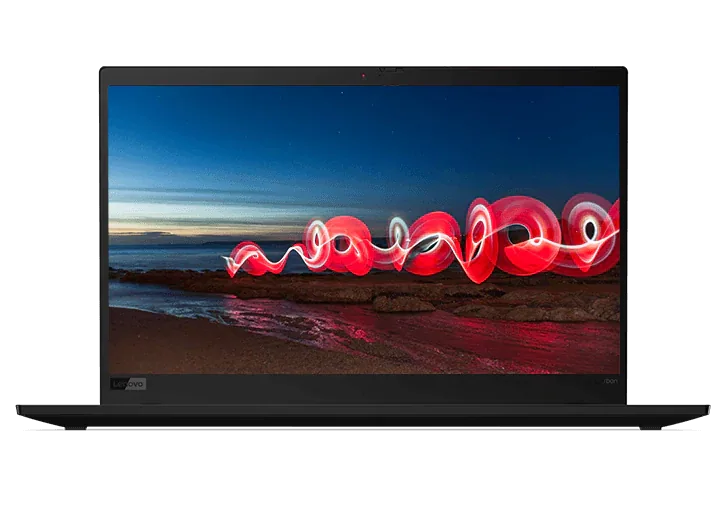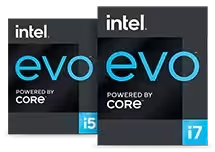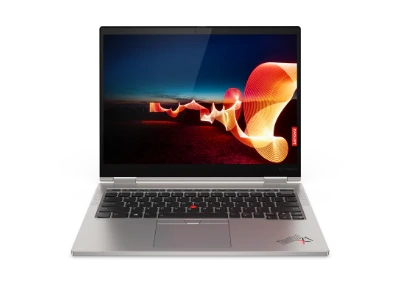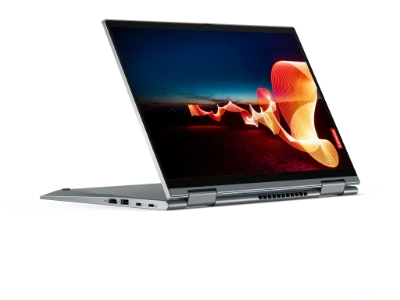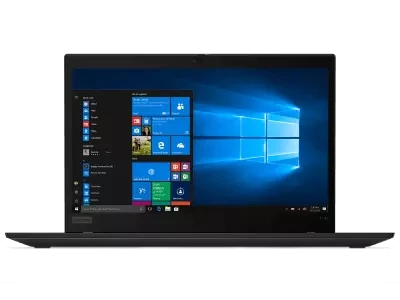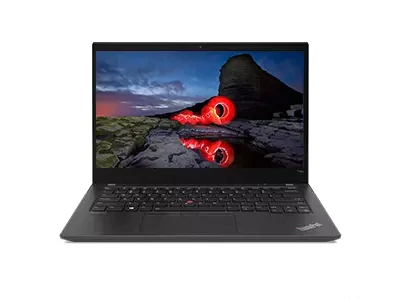How to Reinstall Windows 10
If you are experiencing difficulties, bugs, or other unexpected errors with Windows 10, you can reinstall it without having to format your computer or remove or delete system files. This is known as a repair install or Windows 10 in-place upgrade. To do so, you will need a Windows 10 setup USB drive or DVD. If you do not have a Windows 10 setup drive or DVD, you cannot attempt a repair install or in-place upgrade (note: you can copy a downloaded version of Windows 10 onto a drive or DVD should you not have the original).
To reinstall Windows 10, you must first be able to boot into the operating system. If you are unable to boot into Windows 10, you will not be able to reinstall the operating system without losing system files. Assuming you are able to boot into Windows 10, do so. You can then insert your drive or disc, or run an ISO image and mount it as a virtual DVD. Once complete, run "setup.exe" from your removable drive to begin setup – you may be automatically prompted to do so, but if not, navigate to your drive (or disc) to initiate the process yourself.
As you run through the setup process, you will be prompted to answer a variety of setup-related questions; answer as you see fit, as your answers will be used to tailor Windows 10 to your needs. This holds true for every setup page except for the last – the last page in the Windows 10 repair installation process is arguably the most important. On this page, you will want to make sure you provide specific answers to the provided questions.
On the final setup page, there will be an option that states "Choose what to keep." Be sure to select the first radio button, labeled "Keep personal files, apps, and Windows settings," before pressing the "Next" button to begin the repair install. This will ensure that none of your system files or personal data are lost during the reinstallation. Windows 10 will then reinstall with all of your files intact.
How to Reset Windows 10
If you want to reset Windows 10, and you aren't concerned with losing system data (including personal files), there is a quick and easy way to do so. Within Windows 10, open the Settings application by clicking on the Start menu. Once in Settings, select "Update & Security" and then click on "Recovery."
You should see multiple options under "Recovery" (including the option to revert back to a previous version of Windows if you've recently upgraded). Click the "Get started" button under the option for resetting your PC, and then select "Remove everything." Remember, this step will wipe all of your files, including personal data. If there is anything you don't want to lose, be sure to have backups.
Clean installing Windows 10
In some cases, you may want to revert back to a fresh install by reinstalling the operating system from scratch. If you do not wish to keep your personal files, system files, and other data, you can reset Windows 10 by reinstalling it over the existing installation. The simplest way to do this is by booting from your installation disc or drive.
Doing so will overwrite the existing operating system installation. Simply start your computer with the drive or disc already inserted into your computer; once prompted, you can then boot from the drive. As stated above, if you do not have your original Windows 10 setup disc or USB drive, you can download the operating system from Microsoft and copy it to a USB drive or DVD.
Looking for a new Windows 10 device? Shop Lenovo.com for the latest Windows 10 laptops, tablets, and desktop computers.
